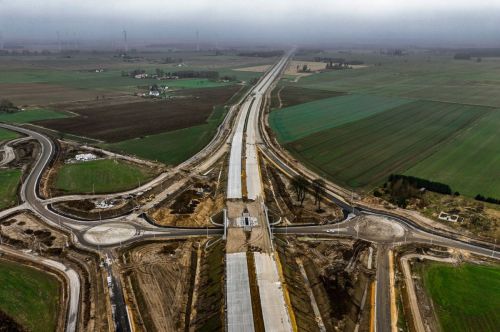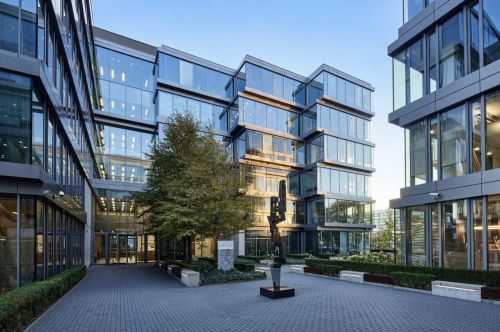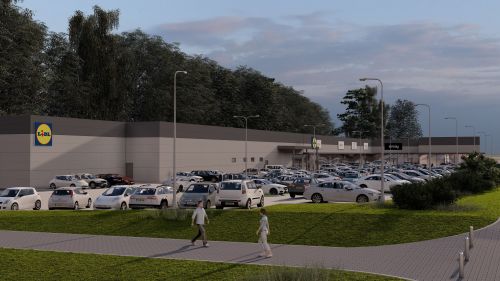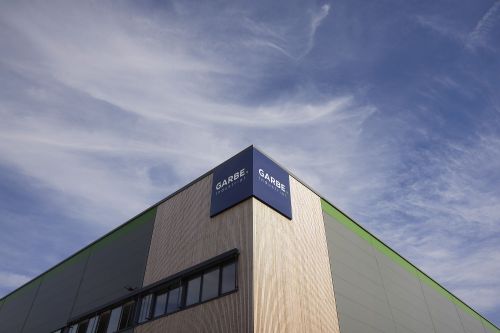Alex Hayes, ‘Eurobuild Central & Eastern Europe’: Bratislava, Warsaw, Budapest – in what ways are these markets the same and in what ways do they differ?
Árpád Török, CEO, TriGranit: As for the similarities, all three cities have already been on a growing, flourishing path for years, and still have room for new investments – GDP growth is expected to be around 2–3 pct, unemployment levels are low and the interest rates are also very favourable, making room for a flourishing real estate sector. Although the level of EU funding is different for each country, it should still boost the economies – in Poland we can see rising disbursements of EU funds, in Hungary new infrastructure projects are being launched in the context of the new cycle of EU structural funding, while in Slovakia the slowdown in the number of projects financed by EU funds in 2016 will be compensated by more new public infrastructure spending and stronger b































































